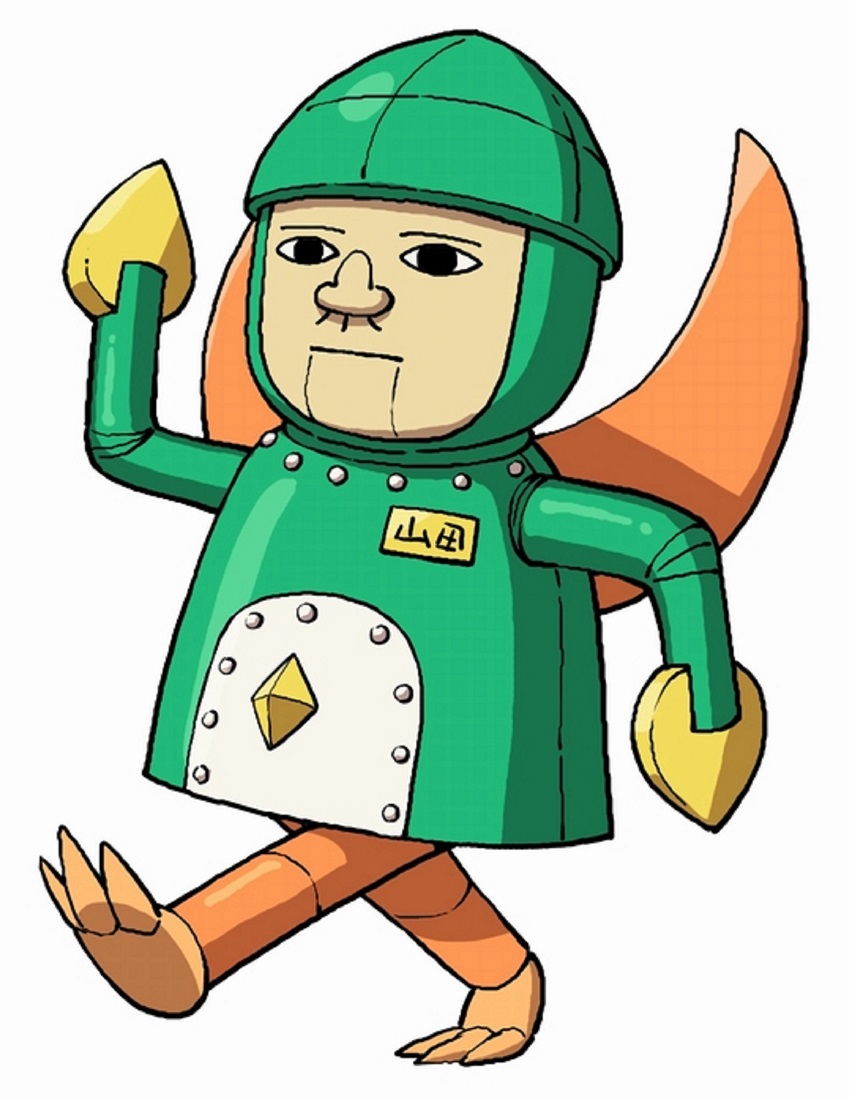Background
As a fan of Doom and other early id Software games, the breakup of the original team was a sad moment which clearly left a creative hole in their subsequent output. Its interesting how out all the various id alumini, American McGee was the one who ended up lending his name to a videogame title. After recently reading the excellent Masters of Doom, I went on a binge of classic id Software games and ended up picking up a PS3 copy of Alice: Madness Returns (AMR) from a bargain bin. To my surprise, the original American McGee’s Alice (AMA) is still available as a free downloadable DLC for AMR so I was able to go through both games back to back.
American McGee’s Alice
AMA is a third person platformer that was released in 2000. While I passed it on back then, I still recall seeing the distinctive cover art on store shelves which clearly conveyed the tone of the game as a twisted take on a classic children’s story. The game itself follows through with an art style that makes the most of the Quake 3 engine, with distinctive character models and stylized levels with intricate geometry.
The game is set across a large number of small-medium sized linear levels. While there are no checkpoints, saving is allowed anywhere. A playthrough of the game takes about 6 hours. The first few levels actually give a rather poor impression of the game, being set mostly in underground caves. The levels do improve later on, with some stand out levels set in a monochrome world or within a clockwork mechanism. The imagination shown in the level design is a delight, and gives a sense of character to Wonderland. In game cutscenes punctuate the gameplay, although the plot itself is very barebones.
There are no upgrade systems or collectibles in the game beyond getting new weapons. Apart from the starting knife and another melee weapon, attacks consume a shared willpower (mana) pool. Killing enemies drops a pickup that restores both health and willpower, with the amount restored dependent on how hard the enemy is. While combat makes up a large part of the gameplay it feels very janky in the PS3 port. The game was originally released only on the PC and Mac where mouselook controls allow for speed and precision. There is a large variety of weapons, most of which have quite unique functionality. However, most of these weapons are also very gimmicky and are either too slow or situational to use in combat. None of the weapons feel satisfying to use, which is a surprise given McGee’s id Software pedigree. The level design itself often hinders combat, with invisible geometry occasionally blocking shots. Enemies are varied but most don’t require any change in tactics. Boss fights usually appear at the end of each biome, although I didn’t find any of them particularly memorable.
The platforming gameplay has also not aged well, as it seems to be designed with quicksaving in mind where falling results in instant death. The controls on the PS3 also makes some of these jumps quick tricky to execute, while reloading after each death is a huge chore given the PS3 load times. There are some puzzles scattered throughout the game as well, but most are a case of finding the right switch.
For the PS3 version, I would rate this game as a 4/10 due to it’s poor translation to a controller and surprising performance issues. If you can get this on the PC, it would be a 5/10, as while the game does have its memorable moments, the core mechanics have not aged well.
Alice: Madness Returns
AMR was released in 2011 and has clearly benefited from advances in game design in the intervening years. The game is far more accessible to a modern audience, with controls better suited to a controller, a generous checkpoint system, upgrades for exploration, and even a new game plus mode. The storytelling is more ambitious and compelling, and takes a suitably dark turn as it progresses.
While AMA had distinct levels which were grouped together by biome, AMR levels are more seamlessly woven into chapters with a distinct theme, such as an undersea chapter (no swimming, thankfully) or a dollhouse full of toys. Each chapter starts in the real world of grimy Victorian era London, before transitioning into Wonderland. The first visit to Wonderland is a visual delight, especially the Vale of Tears—a vibrant outdoor area filled with lush plant life and cascading waterfalls. It feels like a celebration of advancements in video game graphics, standing in stark contrast to the muted, subdued environments of the first game’s early levels. AMR’s levels are mostly linear, similar to AMA, but includes additional paths to explore which usually leads to upgrades or collectibles. The art design is often outstanding, clearly expanding on the ambitious designs from AMA.
The core platforming gameplay is much easier to appreciate, given the improved controls. Falls now result in being teleported to the last safe platform with no loss of health, which flows much better than the save/reload cycle in AMA. Apart from hunting switches, platforming puzzles now also include weighted scales and invisible platforms that require a special viewing mode. Most of the platforming puzzles are straightforward, although a couple in the later levels took a bit of time to execute. There are also various minigames of varying quality punctuating the gameplay, such as sliding puzzles, a 2D sidescrolling shooter, a 2D platformer, among others. I found some of the minigames to be the low points of AMR, feeling more like an asset flip Unity game rather than an integral part of the game.
Combat in AMR is quite involved, with a good variety of weapons and enemies that require differing tactics. There are 5 different weapons in AMR, each of which have clear uses throughout the game. The starting vorpal blade can’t be thrown like in the first game but can now be used in quick combos. The pepper mill acts as the standard rapid fire ranged attack. Toy bombs is weak as an explosive but can draw fire as a decoy. The horse mallet is a heavy melee attack. The teapot rounds off the arsenal as a ranged artillery attack with splash damage. Except for the ranged weapons which require a button to swap between them, all of the other attacks are bound to dedicated buttons, allowing the right one to be quickly used as needed. The weapons also double as tools to trigger certain switches or smash barriers. The lock on system snaps to targets well for ranged attacks, although switching targets can be cumbersome if there are many on enemies on screen. There’s no longer a willpower (mana) system but the ranged weapons have individual cooldowns if fired too often. Apart from the bomb, all weapons can be upgraded 3 times using in game currency (teeth) which are dropped by enemies or found throughout the levels. The availability of the teeth is quite generous, as I was able to fully upgrade all weapons by the 5th chapter.
There’s a decent variety of enemies in the game, including a number of elite mobs that require particular attention. Alice can now also perform a dodge where she transforms into a cloud of butterflies that zip away from harm while waiting for the right moment to counterattack, as well as getting access to an umbrella which allows her to block certain attacks. The game does a good job of introducing enemies individually, before throwing them into larger fights with a mix of enemies where you need to work your way through the various threats. However, the combat also feels like a bit of a lost opportunity as the majority of combat arenas are mostly flat with the occasional obstacle. The movement, dodges, and attacks seem to lack sense of the responsiveness and control that are found in better games.
Pacing can be an issue with some of the chapters, as some of the length and repetitiveness of some platforming and combat sections can become quite tedious. Overall, I found that the game just about doesn’t overstay its welcome. Despite the new game plus mode, I didn’t feel a strong compulsion to replay the game apart from the OCD for getting collectibles and trophies.
The PS3 version was probably not the best version to play as there are some occasional drops in frame rate, particularly when combat gets hectic. Production wise, there also seems to be an issue with some of the dialogue where the sound quality is noticeably lower than other lines.
Overall, AMR was an enjoyable experience with a unique setting brought to life by a strong sense of artistic direction. However, the gameplay just about falls short of it not being a mid game at 7/10.
Conclusion
American McGee’s Alice is a game from 2000 with most of the gaming mechanics not aging well. The strong artistic direction does mean it merits a look and if you can get it on PC it would be a 5/10. This is a game that really deserves a remake to bring its unique vision to a wider modern audience. Alice: Madness Returns, on the other hand, should be fully accessible for modern audiences. The strong artistic vision from AMA continues is better supported in the sequel by improved gameplay and graphics. However, there are clear flaws in terms of pacing and minigames that leaves this a 7/10 for me. This game deserves a remaster to optimise it for modern consoles. Of note, American McGee did try to develop a third game to round off the trilogy but was unfortunately rejected by EA. The design bible for the final game can be found here: https://www.patreon.com/posts/alice-asylum-v1-78703655
Love the idea of a kid games review and this was an enjoyable read. Thanks!
As I recall Alice was released to mixed reviews
Definitely my favorite design of the Cheshire Cat.
I always liked the idea of these games more than the games themselves.
Thanks for the write up. I never really thought how these games played on consoles so it’s interesting to see this perspective.
While far from perfect, I really can’t help but like the first game. I agree it didn’t age well in some respects yet I still had quite a bit of fun replaying it not too long ago. Granted, I’m a weirdo who also likes Bungie’s “Oni” so I tend to have a decent amount of resilience towards games like these.
I’m a bit torn on the sequel honestly. I do like it as a game (even if it’s a bit too long in my opinion) but I feel that as a sequel to the original plot it’s a bit… mean spirited (?) towards Alice. Maybe it’s just me, but her starting the second game in pretty much the same situation as she was in the original kinda takes out of the ending of the latter.
I enjoy playing mid games, and while I don’t regret the time I spent playing, they are less enjoyable on a moment to moment basis than truly good games.
I thought the sequel was a logical progression with how Alice would still have PTSD from the trauma she went through and how Victorian era London was not the best environment for someone with such mental issues.
Yeah, I totally get it. Old (and only mid) games can be a real coin toss between fun and tedium. Quality of the game doesn’t affect my enjoyment too much but I understand that it can be an important factor for others (and even that can vary between games).
I can see your point about the story and I would really love to approach it from this perspective, for some reason I’m just unable to do so unfortunately. No idea why, I just can’t. I have a much easier time seeing a reason for a third game (rip) considering the ending of Madness Returns but we all know how that went.
Wow, that’s some next level of patience. Chapeau.
Little more on the statement from American McGee.
I got the first one a year or two after it came out and I remember I really enjoyed it. I think once I got the jacks I barely needed any other weapon.
Been in my backlog for a while, and this may have convinced me to check it out soon.
Also I gotta say I love the idea of Mid game reviews. Everyone talks about great games to death. Terrible games get s ton of discussion and have the “so bad it’s good” angle. Mid games are often solid values and rewarding experiences that get forgotten about over time.
Playing a year 2000 game on a conaole from 2006 makes no sense. Of course things aren’t going to like up and the controls will feel like junk, almost like it was just theown together six years later to boost sales or something.
Eh, yes and no. There’s definitely a spectrum of how well a game stands the test of time. Some titles hold up better than others - whether graphically (mostly due to art style), gameplay wise (some stuff was janky or bad even on release) or in any other way.
Besides the more objective, technical aspects there’s also the fact that each person has different gaming experience and expectations to what they play. You can’t drop a blanket statement “old game on new platform will be bad, duh!” and be done with it.





